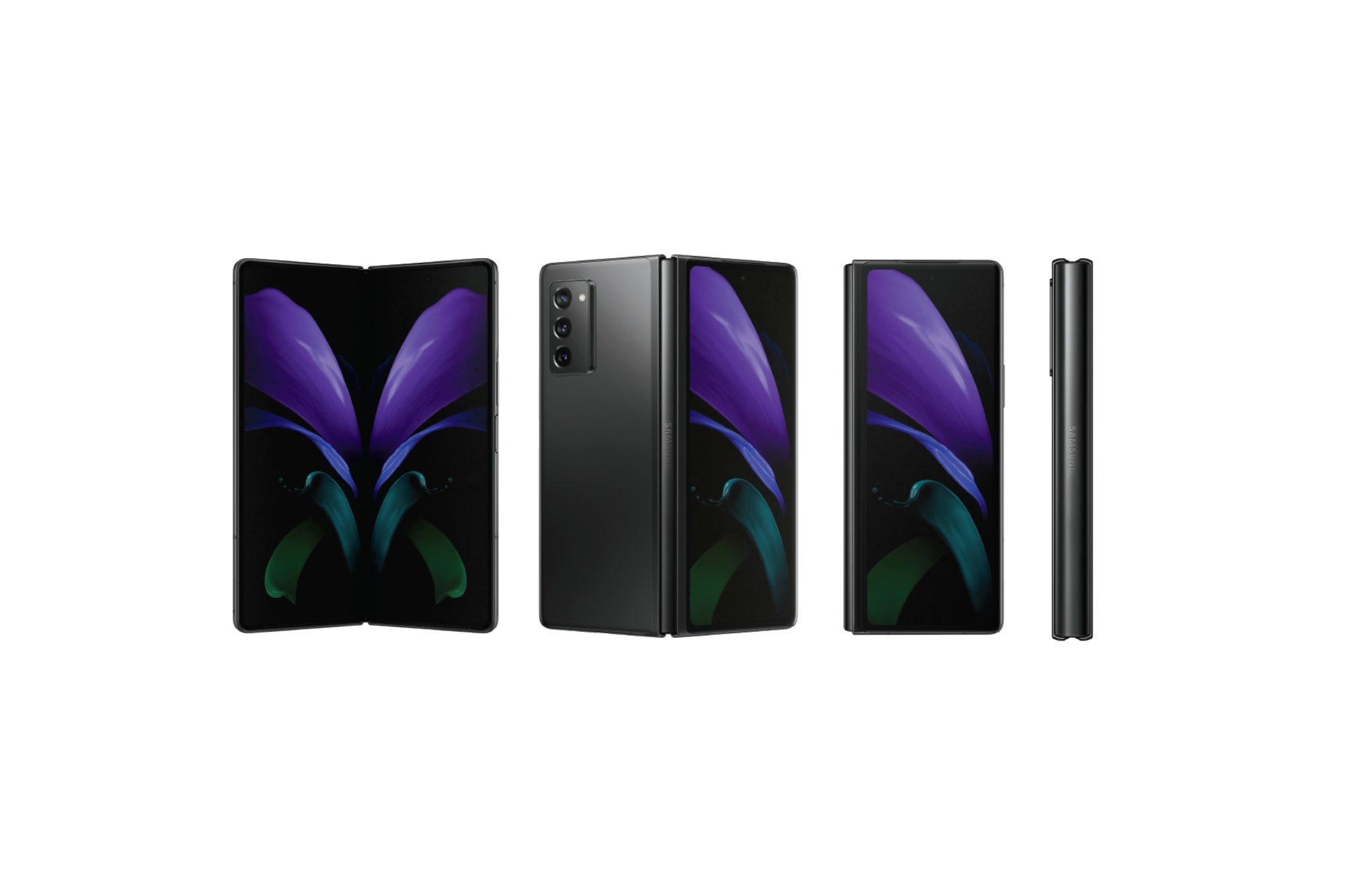Are These Foldable Phones the Future of Work? Smash a phone, a tablet, and a laptop together, and you've got this new breed of pocket-size devices. We unfold one for a test.
This story appears in the December 2020 issue of Entrepreneur. Subscribe »

Don Crawley once worked for celebrities; he was one of Kanye West's managers. Now he makes clothing that's worn by celebrities — LeBron James, Big Sean, and The Weeknd all don his apparel, which is called Just Don. Ask Crawley how he's done it and he says a big part is efficiency: He is constantly multitasking and runs every aspect of his business from his phone.
That's why he was excited to try the new crop of foldable phones and embraced the Samsung Galaxy Z Fold2 5G. (Crawley appeared in a Samsung promotional video but is not affiliated with the company.) The way he sees it, more screen space means he can work faster. "I can open a separate window to access presentations or PDFs, or answer an email, at the same time," he says.
Related: Why Entrepreneurs Should Keep Up With New Technologies
The rest of this article is locked.
Join Entrepreneur+ today for access.
Already have an account? Sign In